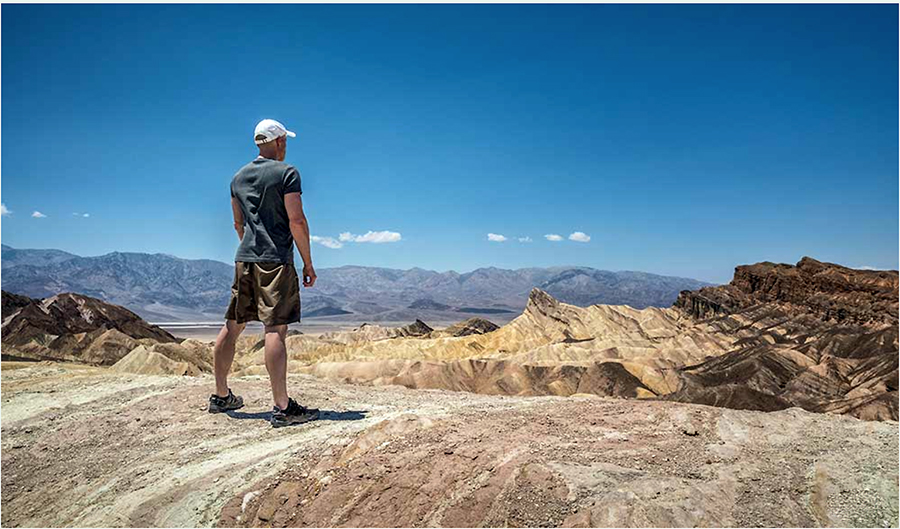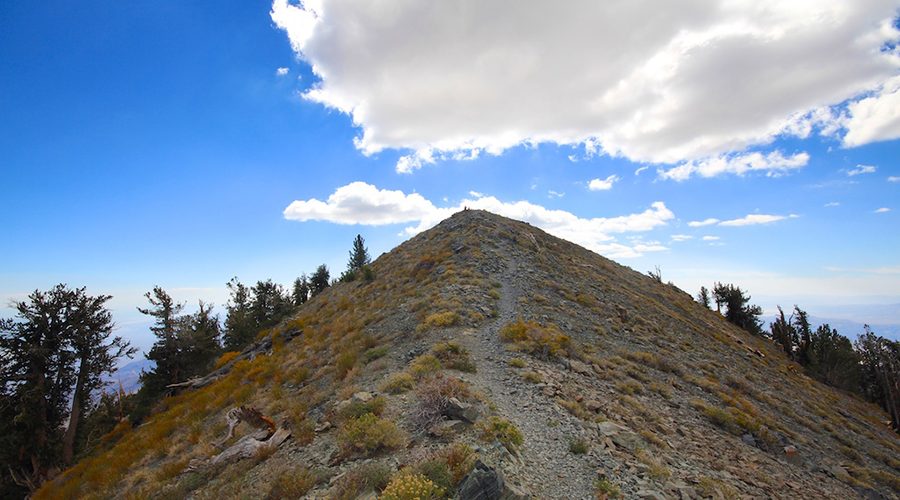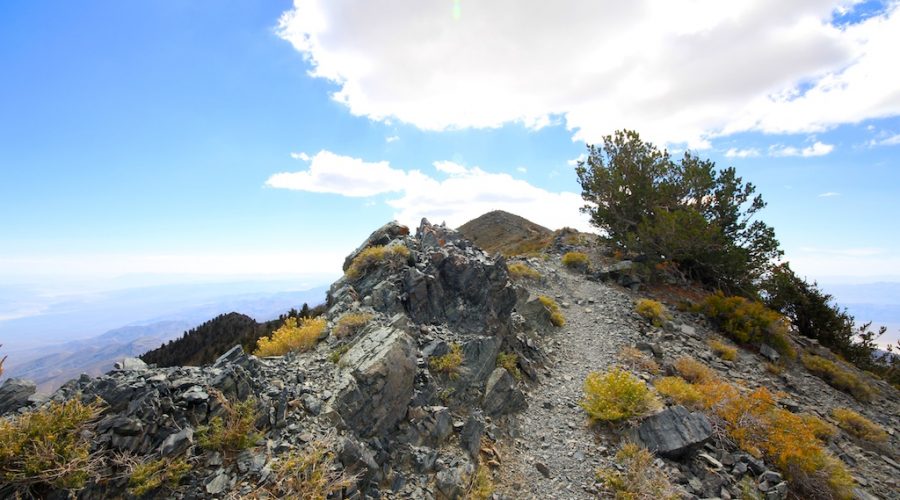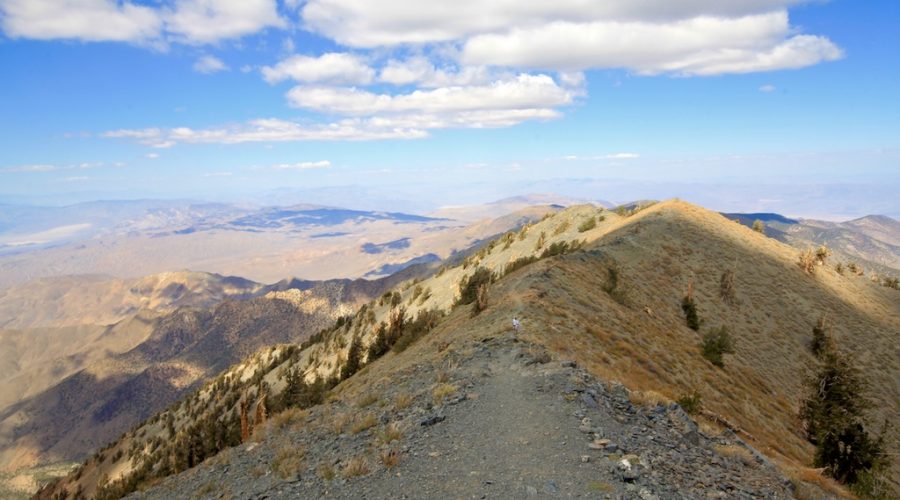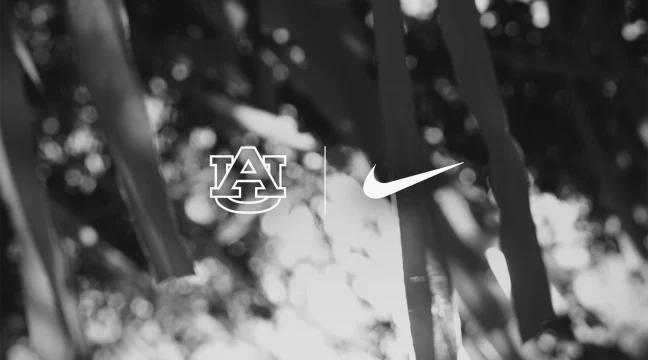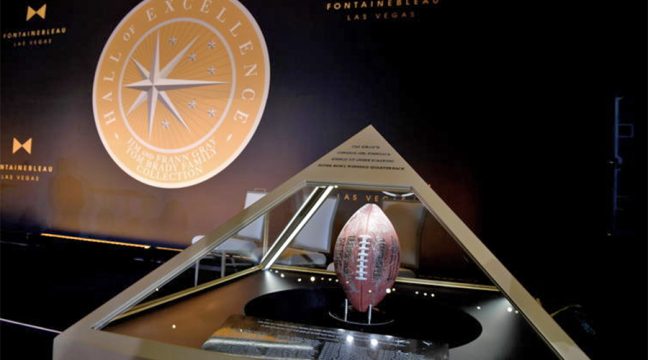Telescope Peak is the highest point within Death Valley National Park in California.
It is also the highest point of the Panamint Range. From the top of this desert mountain you can see for over one hundred miles in all directions, including west to Mount Whitney and east to Charleston Peak.
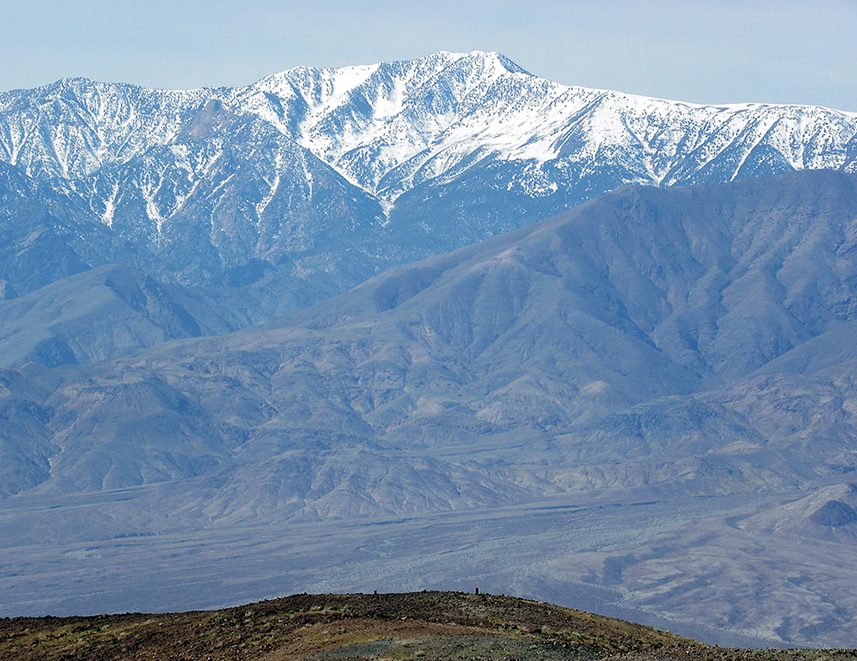
<span style="color: #333333;">To see the best scenery you need to hike up … way up, to 11,049 feet. That’s no small feet if you are not an experienced climber but the park’s diverse landscape, while difficult, is manageable even if you are a novice as long as you (1) are in good physical condition, (2) take the necessary precautions and (3) visit during the summer months before taking the 14 mile long trek.
Eagle Creek is headed to Death Valley this month. Find out more about this trip and others on the company’s tour at Find Your Unknown and on Instagram. The company offers this advice before making a trip to Telescope Peak.
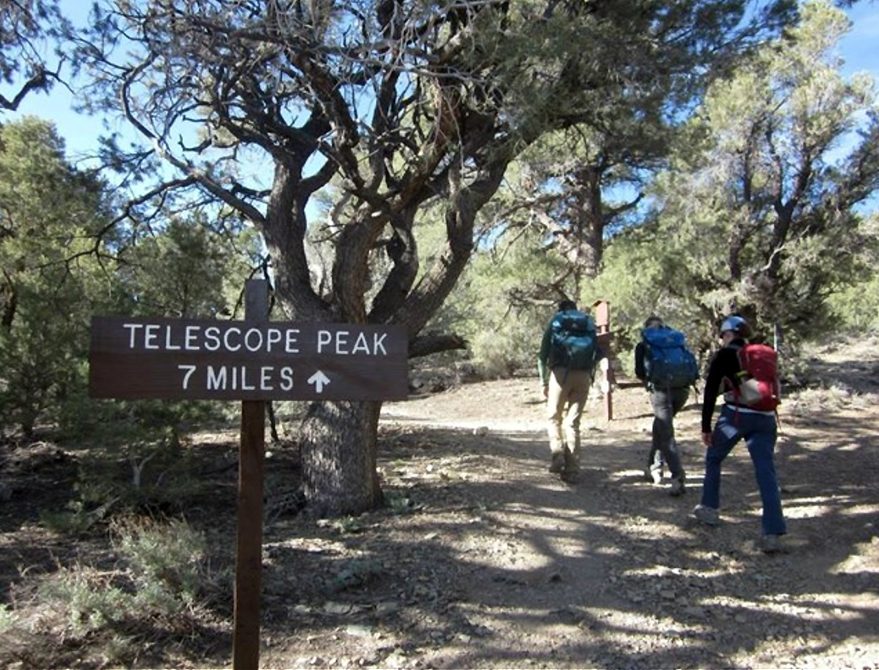 Getting to the Trailhead
Getting to the Trailhead
Hikers can drive straight to the trailhead at Mahogany Flat Campground at 8200 feet. The final two miles of that road are rough gravel, so 4×4 high clearance vehicles are strongly recommended.
Camping is free and first-come, first-serve, but the 10 sites typically do not fill up, especially if you avoid holiday weekends. The campground officially closes during winter, though it may be open past December if weather permits. Mahogany Flat serves as a good spot to settle in and adjust to the altitude overnight.
If you’re determined to make a winter visit and the road to Mahogany Flat is closed, try staying at nearby Wildrose Campground. In the morning, drive to the gate at Charcoal Kilns and walk to the trailhead from there. This adds an extra 1.6 miles each way to the hike.
The Journey To The Telescope Peak Summit
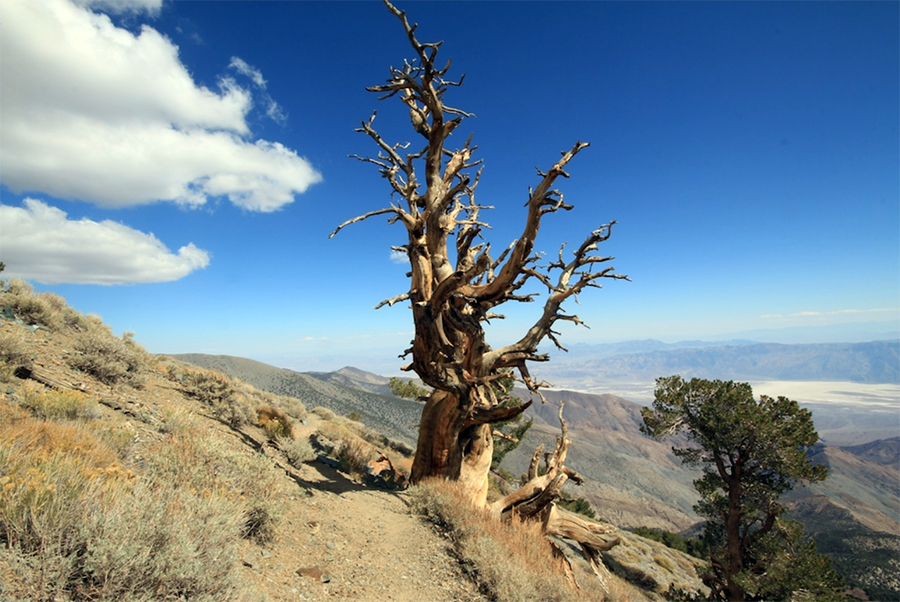
<span style="color: #333333;">Most hikers wake early and begin the trek in the morning. Eventually, you’ll hit a series of exhausting switchbacks—but stick with it. These strenuous switchbacks signal that you’re almost at the summit. Keep pushing, and you’ll soon discover the expansive views from the top that inspired the “telescope” portion of the name.
Hikers who visit the summit on a clear day may be able to see both the lowest and highest points in the lower 48 United States, with Badwater Basin (-282 feet) two miles below and the 14,505 foot peak of Mount Whitney to the west.
Telescope Peak Tips and Cautions
The weather for hiking Death Valley is ideal from July through September, when your main challenges will be sun, heat and lack of water. Wear sunscreen and comfortable, lightweight clothing and have some warmer clothes for the cold of night.
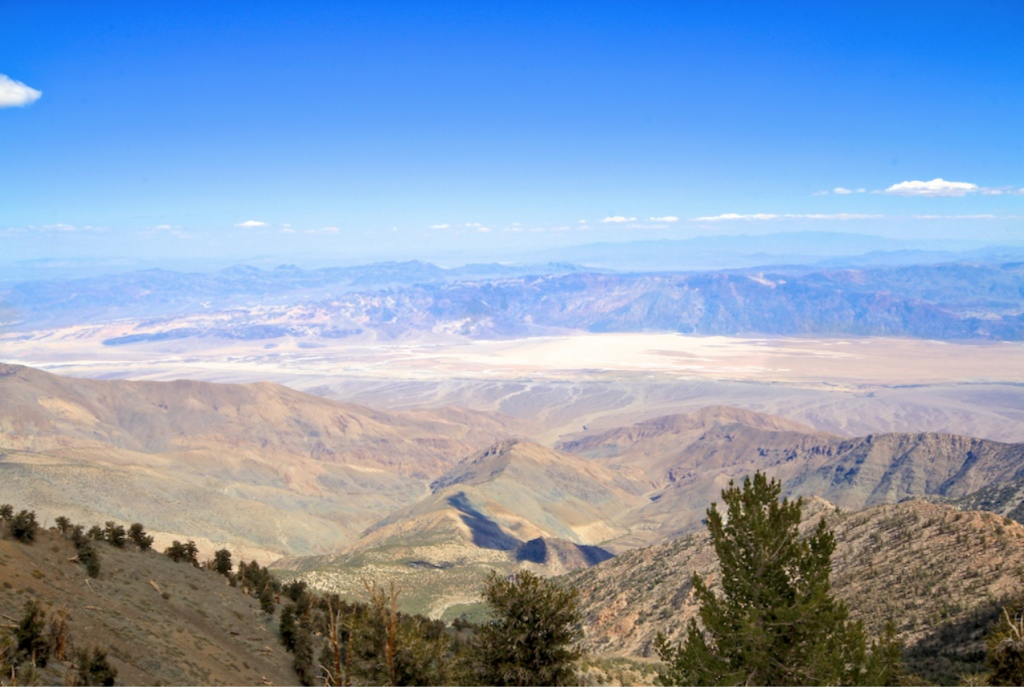
<span style="color: #333333;">Hiking to Telescope Peak in the winter is a completely different experience, and one you’ll want to avoid if you haven’t built up the necessary skill and equipment to cross the icy terrain. Only experienced climbers should attempt a winter summit, as snow and ice typically cover much of the route. You will most likely need an ice axe and crampons to move across the terrain during the winter. Patches of snow can linger on the trail as late as June.
It is possible to hike directly to Telescope Peak from below sea level on the valley floor; however, this path—known as the “Shorty’s Well” route—measures more than 30 miles for the roundtrip and requires climbing skills, so only experts should consider it.
Make sure to bring all the usual camping and hiking supplies, including a reliable pack, trail map, GPS device, food and plenty of water. Because this section of the park is fairly remote, it’s a good idea to let friends know where you’re headed and when to expect you home.
While Eagle Creek provides tips and insights on travel, the company cannot accept responsibility for any potential consequences arising from the use of this information. Always conduct your own research and use your best judgment. Lead Photo courtesy Eagle Creek

